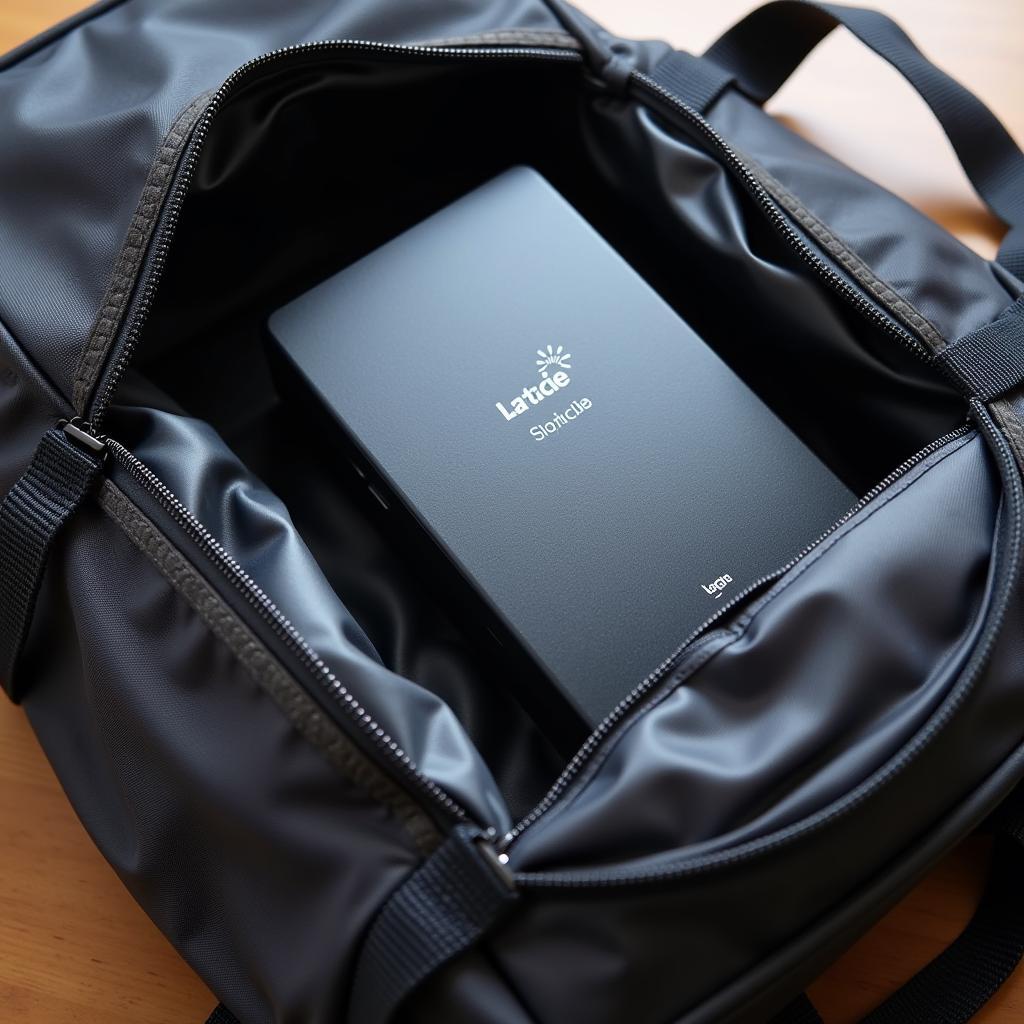Lacie Sign In: Essential Guide to Accessing and Managing Your Data
October 20, 2024Lacie external hard drives are renowned for their reliability and robust storage solutions. Whether you’re a creative professional, a business owner, or simply need extra space for your files, Lacie provides a seamless experience. A crucial aspect of this experience is the “Lacie Sign In” process, your gateway to managing your data efficiently. This guide will walk you through everything you need to know about accessing and managing your Lacie storage device.
Understanding Lacie Sign In
The term “Lacie sign in” might seem a bit misleading as it doesn’t involve creating an online account like you would for a social media platform. Instead, it refers to the process of connecting your Lacie hard drive to your computer and accessing its contents. This usually involves a simple plug-and-play mechanism, particularly for newer Lacie models.
However, some Lacie drives, especially those with enhanced security features, might require you to set up a password during the initial setup. This adds an extra layer of protection, ensuring only authorized users can access your data.
How to Access Your Lacie Hard Drive
Let’s break down the process of accessing your Lacie external hard drive:
- Connect the Drive: Use the provided USB or Thunderbolt cable to connect your Lacie drive to your computer.
- Power Up (if necessary): Some Lacie drives might have a separate power button. If so, switch it on.
- Locate the Drive: Your computer should automatically detect the Lacie drive. It usually appears as a new drive icon on your desktop or within your file explorer.
- Access Your Files: Double-click the Lacie drive icon to open it and browse your files.
Troubleshooting Lacie Sign In Issues
While Lacie drives are generally user-friendly, you might occasionally encounter issues. Here are some common problems and their solutions:
- Drive Not Recognized: Ensure the connections are secure. Try a different USB port or cable. If using a USB hub, connect the drive directly to your computer.
- Password Issues: If you’ve set a password and can’t remember it, refer to the Lacie documentation or contact their customer support for assistance.
- Slow Transfer Speeds: Check if your drive is formatted with a compatible file system for your operating system (e.g., NTFS for Windows, HFS+ for macOS). Reformatting the drive (after backing up your data) can sometimes resolve speed issues.
Tips for Managing Your Lacie Hard Drive
- Regular Backups: Always back up your important data from your computer to the Lacie drive. This ensures you have a copy in case of any unforeseen events.
- Secure Storage: When not in use, disconnect your Lacie drive from your computer and store it in a safe, dry place.
- Eject Properly: Always use the “Safely Remove Hardware” option (Windows) or “Eject” (macOS) before disconnecting your Lacie drive. This prevents potential data loss.
 Lacie hard drive placed securely in a bag
Lacie hard drive placed securely in a bag
By following these tips, you can ensure the longevity of your Lacie drive and keep your data safe and accessible.
Conclusion
The “Lacie sign in” process is more about connecting and accessing your data rather than a traditional account login. With its simple setup and reliable performance, your Lacie hard drive acts as a valuable extension of your digital life. Remember to follow the troubleshooting tips and management practices outlined in this guide to make the most of your Lacie storage solution.